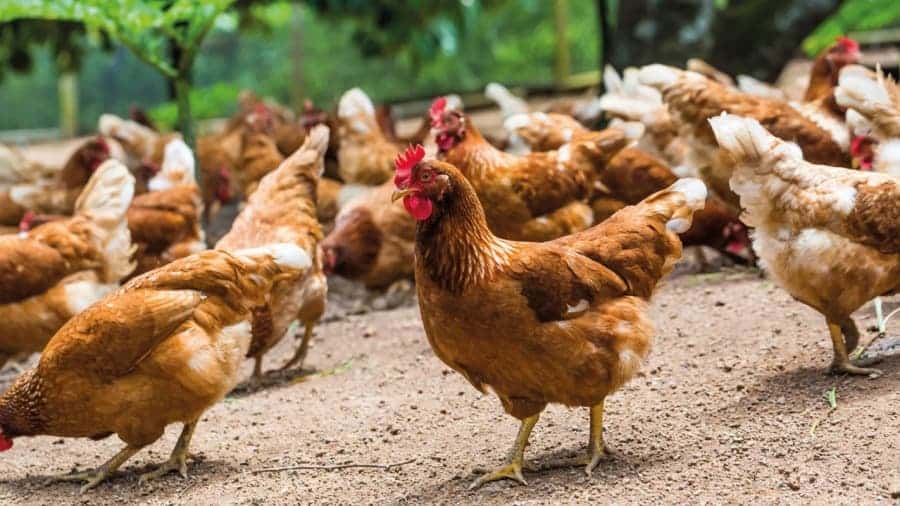22
2025
In recent years, Vietnam’s poultry industry has shown strong and steady growth momentum, becoming a major contributor to the expansion of the nation’s agricultural sector. This accomplishment is the result of steady economic growth and the ongoing growth of the domestic consumer market.
International market reports state that Vietnam’s poultry industry is expanding at a remarkable rate. With a compound annual growth rate (CAGR) of 7.6%, poultry production is expected to surpass 3 million tons annually by 2024. Strong domestic demand is reflected in this expansion, which also highlights the industry’s substantial growth potential and advantageous position in the Southeast Asian market.

Structural Challenge: High Dependence on Imported Feed Ingredients
Vietnam’s poultry industry is structurally challenged by its heavy reliance on imported feed ingredients, which is a major bottleneck limiting its long-term stable development despite consistently high production levels.
The industry’s operating costs and profit margins are extremely susceptible to changes in global commodity prices due to Vietnam’s continuously high reliance on imported animal feed ingredients.
The Vietnamese government has developed and put into effect a number of policies to protect supply chain autonomy and stability. For example, the QD-TT Decree on animal feed is intended to lessen reliance on imports, encourage the production of raw materials domestically, and actively guide the sector toward stable and sustainable growth.
Market Landscape: Foreign Capital-Dominated Competitive Environment
Vietnam’s feed market is dominated by foreign companies, which increases the industry’s reliance on outside sources.
According to data, foreign-funded companies like Cargill and CP Vietnam Livestock control about 65% of the Vietnamese feed market. The concentration of supply chain decision-making power brought about by this foreign-dominated market structure presents long-term challenges for local farmers in terms of cost control and technological advancement.
Numerous sizable feed processing companies depend on imported raw materials, and their operational plans closely monitor changes in global markets, further solidifying their reliance on outside markets.
Industrial chain stability and localized resource development are key to the future
Vietnam’s poultry market holds immense potential, but achieving long-term, robust sustainable growth hinges on overcoming challenges in localizing feed raw materials and reducing import dependency. Moving forward, driven by government policies and heightened localization awareness, optimizing and upgrading the industrial chain will be a core trend.
Developing efficient localized circular economy models, such as resource utilization of manure waste, will become a strategic direction for Vietnam’s poultry industry to break through bottlenecks and gain a competitive edge globally.
For instance, introducing advanced manure treatment technologies like the Bolong large scale composting machine can transform farming waste into high-quality organic fertilizer. This indirectly supports local feed crop cultivation, serving as an effective pathway to achieve localized resource circulation.
Keywords :
Vietnam Poultry Market | Import Dependence | Feed Ingredient Import | Localized Resource Utilization | Supply Chain Stability | Resilient Growth | Animal Feed Policy | Circular Economy Models | Bolong Large Scale Composting Mchine
 English
English
 中文简体
中文简体